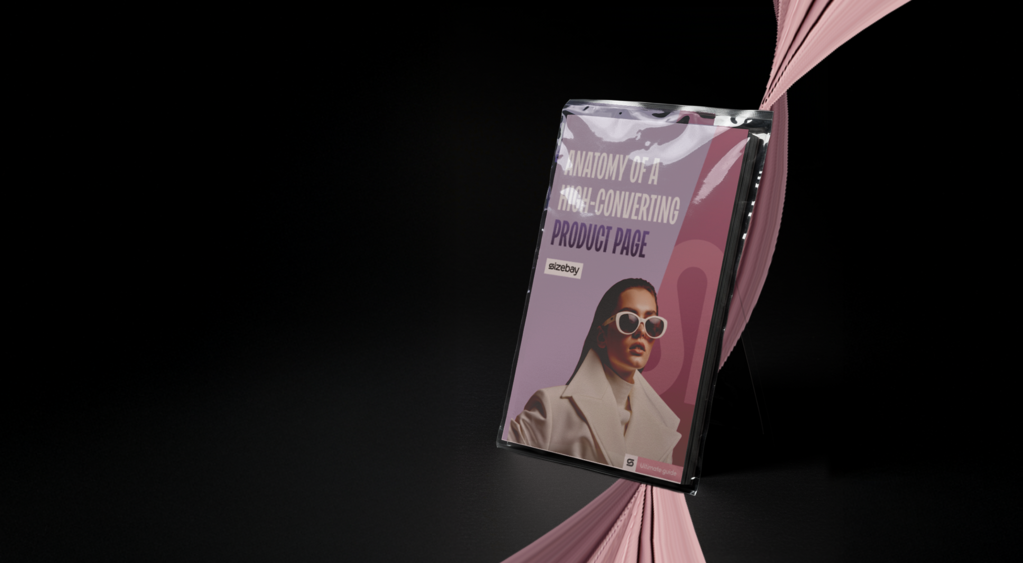June 2025
Anatomy of a High-Converting Product Page: The Ultimate Guide
Ester Bazzanella

Picture this: a customer is browsing your online store and comes across a product that catches their eye. But once they click through, something’s missing — maybe the product info is vague, the images are low quality, or there aren’t any reviews. What happens next? They leave without buying.
The product page is one of the most crucial parts of any e-commerce experience. If it’s not clear, complete, and persuasive, your chances of turning visitors into customers drop significantly.
This guide breaks down what makes a product page truly effective — and how you can apply those principles to your own store to boost sales.
Why the Product Page Matters So Much
A good product page isn’t just about showcasing an item — it’s about:
- Answering customer questions
- Creating desire
- Removing doubts
- Encouraging action
Studies show that stores that optimize their product pages can increase conversion rates by up to 30%. That’s because a well-designed experience — with detailed descriptions and high-quality visuals — directly impacts purchasing decisions.
The Must-Have Elements of a Perfect Product Page
Here’s a checklist of the most important components for a high-converting product page, and how each one helps drive sales:
1. Product Title
Keep it clear, informative, and SEO-friendly. Think about how your customers would search for it — on Google, Instagram, TikTok, etc.
2. Detailed, Persuasive Description
Avoid generic copy. Focus on benefits, features, and what makes the product unique. Tell a story that helps the customer picture themselves using it.
3. High-Quality Images and Videos
Show the product from multiple angles, in use, and up close. When possible, include demo videos to compensate for the lack of physical interaction.
4. Price and Payment Options
Make the price easy to find. Highlight promotions, discounts, or installment plans to increase perceived value.
5. Clear Call to Action (Buy Button)
Your CTA should stand out visually — use contrasting colors and strong copy like “Buy Now” or “Add to Cart.” Avoid buttons that are hard to spot or tucked away.
6. Ratings and Reviews
Social proof is one of the most powerful conversion tools. Showcase authentic customer reviews and encourage new buyers to share their experiences.
7. Availability and Delivery Time
Let users know if the item is in stock and provide a delivery estimate or shipping calculator right on the page.
8. Shipping Information
Lack of transparency around shipping is a top reason for cart abandonment. Display costs, delivery times, and conditions clearly and upfront.
9. Technical Specs
Keep technical info organized and easy to scan. For example, if it’s a shoe:
- Material: genuine leather
- Sole: non-slip rubber
- Closure: lace-up
- Heel height: 4 cm
10. Warranty and Return Policy
Customers are more likely to buy when they know returns or exchanges are hassle-free. Make this info easy to find and understand.
11. Related Products and Recommendations
Show items that pair well with or are similar to the product. This not only increases average order value but also enhances the shopping experience.
12. Share Buttons
Make it easy for users to share the product on social media — it can drive organic traffic and bring in new customers.
13. Virtual Fitting Room
A virtual fitting room is a game-changer, especially in fashion, footwear, and lingerie categories. It helps customers choose the right size based on their measurements and preferences, reducing returns and increasing purchase confidence.
The Most Common Product Page Mistakes (And How to Avoid Them)
Even small mistakes can hurt performance. Watch out for these common pitfalls:
Mistake 1: Vague Descriptions
Example: “Brown shoe. Available in sizes 7 to 12.”
This doesn’t create desire or communicate value.
Mistake 2: Hidden Buy Button
If the CTA blends in, people won’t click it. Use color and placement strategically.
Mistake 3: No Reviews
Without social proof, trust goes down. Ask for reviews post-purchase.
Mistake 4: No Sizing Support
Not offering size guidance — like a virtual fitting tool — can lead to higher return rates in fashion.
[Download the complete guide to building a high-converting product page here.]
Remember: A well-structured product page boosts conversions, improves customer experience, and strengthens your brand.







